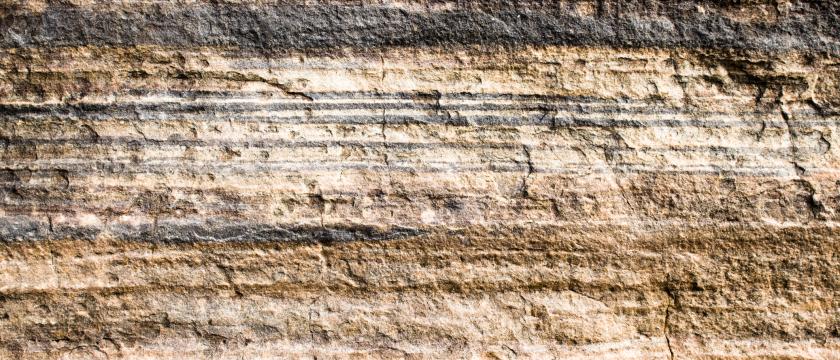AS1726-2017 – What has changed
Stuart Masterson, Senior Principal Engineer, Water Corporation
About the presentation
An industry survey conducted in 2011 confirmed support for a number of significant changes proposed to the existing standard, not altogether surprising since it was 18 years old at the time.
In the main body of the new standard there is much more detail compared to the previous, and it is normative. The requirements for effective site investigations together with a standardised system for the description of soils and rocks are now provided. In addition there are six informative appendices.
Other changes include:
- the boundary from coarse to fine soil has been changed from 50:50 to 65:35 (coarse : fine) to better represent observed soil behaviour;
- method of description of carbonate rocks has changed, and a system for classifying and describing duricrusts has been included;
- description of rock materials, rock defects and rock masses has changed significantly;
- new additions include: development of geotechnical models, much discussion and guidance on groundwater, occupational health and safety legislation, and inclusion of geological origin of soils (now mandatory).
About Stuart Masterson
Stuart has worked in geotechnical engineering for about 40 years (yes, four decades!) two thirds of which was in consulting and one third in state government (Water Authority and Water Corporation). Most of his experience has been in WA, however he has worked on projects overseas while based in WA (Chile, Indonesia, Singapore, Philippines, Iran, Kazakhstan and UK).
Areas of interest include site investigation for civil engineering projects ranging from sub-divisions to commercial including high rise buildings, water storage and tailings dams (including design), and construction supervision.
During a seminar on Coastal Limestone (held by AGS in Perth about ten years ago) there was a strong theme of discontent with Geotechnical site investigations: AS1726-1993, and so he decided to explore ways to revise the standard. A sub-committee of AGSWA was formed first, followed by a sub-committee of AGS National Committee, and finally by Standards Australia committee CE-015. The whole process took about six years to produce the final version AS1726-2017.

Venue location
Engineers Australia members participating in AGS technical sessions can record attendance on their personal CPD logs. Members should refer to Engineers Australia CPD policy for details on CPD types, requirements and auditing guidelines.
